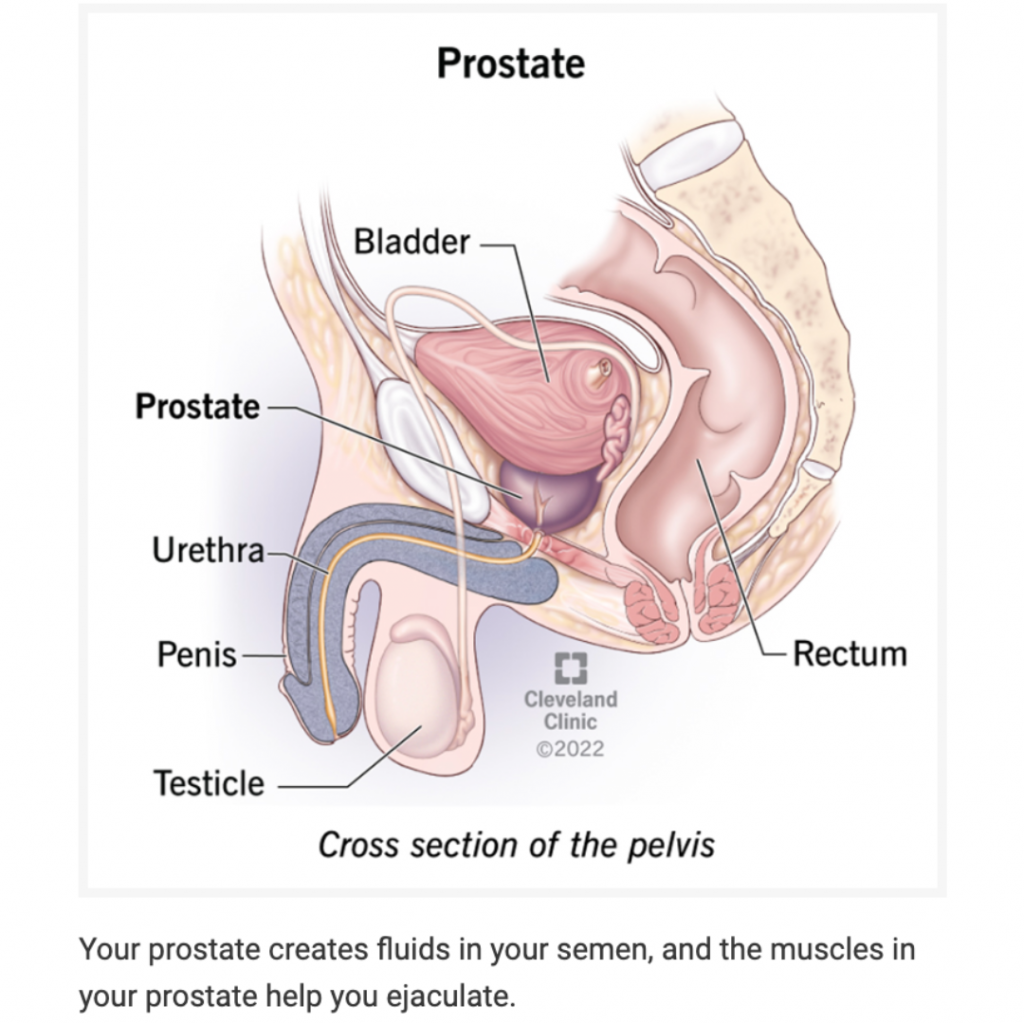Prostate Pals: A Friendly Guide to Men’s Health

Movember is an annual event where participants grow moustaches throughout the month of November to raise awareness about important men’s health issues, including prostate cancer, testicular cancer, and mental health.

In this blog, we’ll delve into prostate cancer and explore how pelvic health physiotherapy can support recovery after a prostatectomy.
What is the Prostate?
The prostate is an accessory gland in the male reproductive system that acts as a mechanical switch between urination and ejaculation.

Common Prostate Disorders:
- Inflammation – Known as prostatitis, this condition can lead to painful urination, groin pain, fever, and fatigue.
- Enlargement – The most common cause of prostate enlargement is an increase in the number of prostate cells, which can result in frequent urination and urinary hesitancy.
- Infection – Prostate infections can lead to various symptoms and require medical attention.
- Cancer – Did you know prostate cancer is the most prevalent cancer among men? Approximately 1 in 8 men will be diagnosed in their lifetime. When treatment involves a prostatectomy—removing the prostate—it’s essential to understand the changes that occur in the body.
During a radical prostatectomy, the prostate, ligaments, and part of the urethra are removed. This procedure also affects the bladder neck (where the urethra meets the bladder) and the internal urethral sphincter, which plays a key role in bladder control. As a result, the body may need to relearn how to achieve urinary continence effectively. Fortunately, pelvic health physiotherapy can significantly enhance recovery both before and after surgery.
Physiotherapy and Post-Prostatectomy Incontinence
Post-prostatectomy urinary incontinence affects an estimated 2-85% of men, making it a common experience. Pelvic health physiotherapy offers valuable support in managing this symptom, as well as addressing pain, erectile dysfunction, and other related issues.
Treatment approaches may include:
- Education on pelvic health
- Breathing exercises
- Postural adjustments
- Manual therapy, including myofascial techniques
- Scar tissue management
- Bladder retraining
- Pelvic floor muscle training
Empowering Your Journey
Understanding prostate health is vital all the time, and especially during Movember, when awareness takes center stage. Knowledge is power, and being informed about prostate disorders and their treatments can make a significant difference in your health journey.
As we’ve explored, pelvic health physiotherapy plays a crucial role in recovery after prostate surgery. By addressing issues like urinary incontinence, pain, and sexual function, physiotherapy can empower you to regain control and improve your quality of life.

Remember, you’re not alone in this journey. The ellephysio team is here to support you, share resources, and foster discussions around these important topics. Whether you’re facing challenges or seeking to prevent them, staying informed and proactive is key.
Let’s continue the conversation, share our experiences, and promote awareness for men’s health. Together, we can make a difference!
Here’s to health, support, and the power of community!
